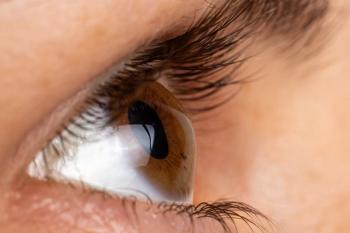
AAOphth says marijuana is not proven treatment for glaucoma
The American Academy of Ophthalmology (AAOphth) has reiterated its stance on medical marijuana for the treatment of glaucoma, stating that it finds no scientific evidence that marijuana is an effective long-term treatment for the disease, particularly when compared to the current prescription medication and surgical treatment available.
San Francisco-The
“Ophthalmologists are focused on providing treatments that will give patients the very best results,” says Gregory L. Skuta, MD, glaucoma specialist and president of AAOphth. “For glaucoma, this means recommending therapies that have been proven to safely alter the course disease over a long-term period, such as medicated eye drops or surgery. No research exists to date that demonstrates that marijuana can deliver this level of efficacy.”
According to the academy, marijuana lowers blood pressure throughout the body, which may cause a lower blood flow to the optic nerve, which can lead to vision loss and effectively cancels out the benefit of decreased IOP. The academy also says those who smoke marijuana increase their risk for cancer and eye disease.
Newsletter
Want more insights like this? Subscribe to Optometry Times and get clinical pearls and practice tips delivered straight to your inbox.













































